Have you ever wondered about how to start a vertical garden? Growing your own plants is one of the best mindful practices to connect yourself with nature. Unfortunately, this can be difficult to achieve when we feel like we do not have the time, money or the means to do so. And yet, with everything in life, if you have the desire and the will to succeed, you will find a way to achieve it no matter what your available space or your budget.
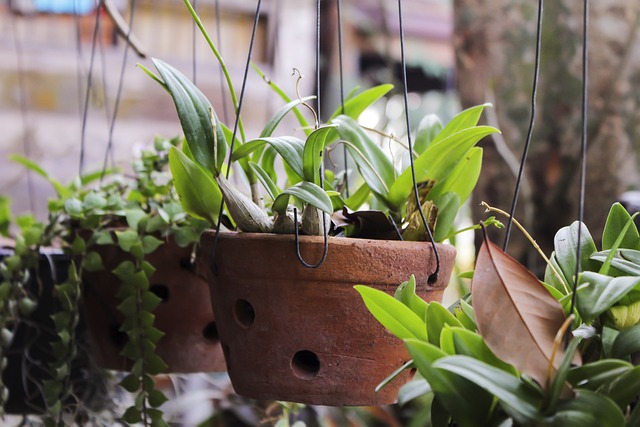
This article contains some affiliate links, which means that if you decide to buy, I may receive a small commission at no extra cost to you. As an Amazon Associate, I earn from qualifying purchases. This helps me keep The Creative Choice growing and free for readers. I appreciate your support. For more information, see our Affiliate Disclosure.
So how do you grow as many plants as you want while making the most of space? The answer: Vertical Wall Gardens. Hop onto the trend of turning an old wall into a new green space, revitalizing the look and feel of your home while saving the most amount of room. This article will show you how to start a vertical garden that can transform your space, improve your environment and calm your mind!
I love the vertical garden trend because it makes growing and gardening far more accessible. Now you no longer have to be held back when trying to bring more greenery into your life. Gardening now comes in new shapes and sizes that fit into your home and your lifestyle better than ever before.
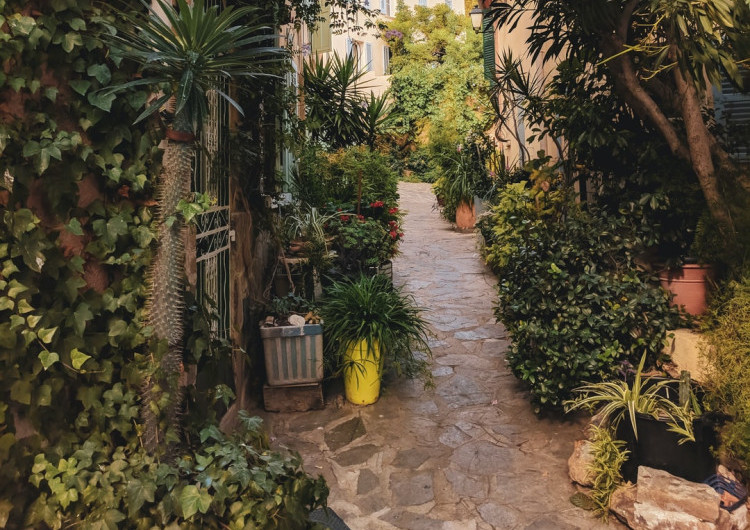
Why Should I Build a Vertical Garden?
If you have ever lived in a small university flat, you know how important it is to utilize every bit of space to the fullest. The best way to fit everything you want in a confined area is by using vertical space. This means using shelves and cupboards that find unused space upwards, not outwards. The same concept can be applied to plants. No, I don’t mean stacking potted plants on top of each other (they wouldn’t be too pleased with you for that!). Try using a vertical structure or wall planter set, so you do not have to compromise on space. No need to let “I don’t have a garden outside” or “I only live in a one-bedroom flat” hold you back from creating the indoor jungle of your dreams!
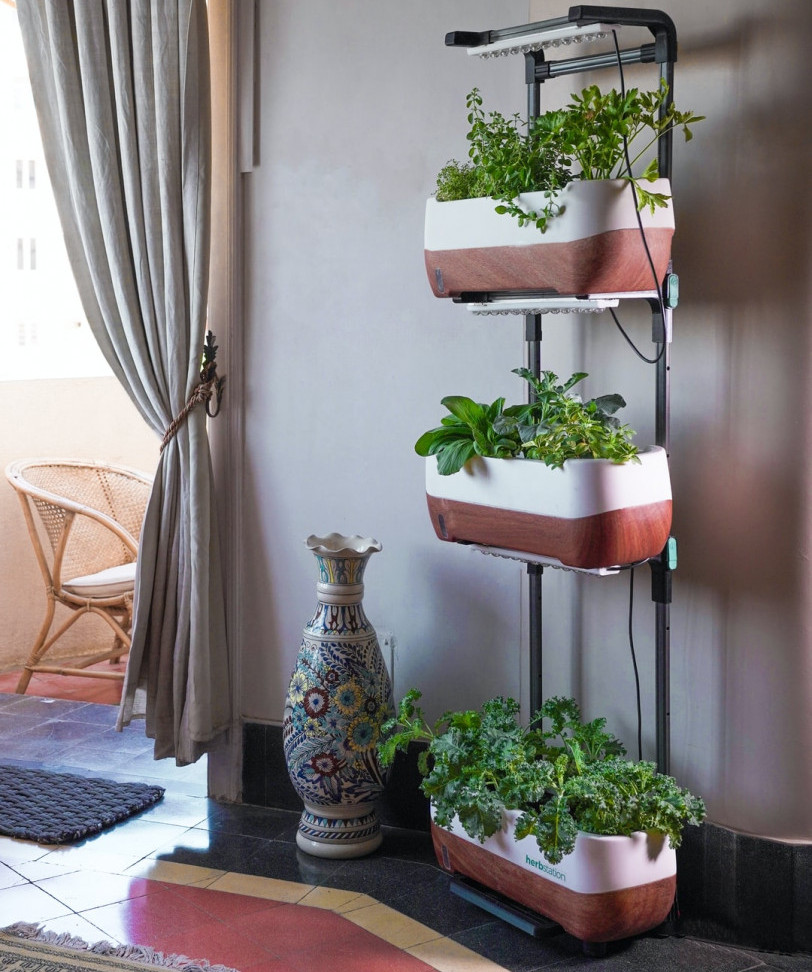
Where Can I Find a Vertical Garden?
With more and more people taking interest in growing their own plant collection, there are more options than ever to get started. You can find lots of inspiration online or in the garden centres, but you can also be creative and upcycle an old shelf unit or set of step ladders too.
One popular option for space-saving gardening is the Vertical Garden Tower. 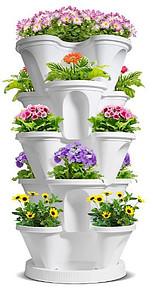
This design stacks all the garden plants around each other, evenly distributing space for large potted plants. All of the plants share the water, making this design not just cool to look at, but also eco-friendly. You can conserve water while ensuring the soil never dries out.
Vertical gardens can also be mounted onto walls, mixing both design and practicality. Wall Planters can be made of plastic or soft felt pockets. Just secure it on an indoor or outdoor wall and add your favourite plants inside. Yes, it is more than strong enough to fit virtually any plants you would like to grow.
Hopefully, this gives you an idea of how a vertical garden works, and what kind of designs go into a space-saving garden layout. Don’t be afraid to get started and learn as you go. Now, here are some ideas of what to grow in your garden after you have it all set up.
Types of Plants for Wall Gardens
You may be asking yourself by now, “What can I grow in a vertical garden?” The correct answer: almost any plant you want.
Do you want to grow your own food supply in a small space? No problem. Looking for herbs to add to your home-cooked meals? Absolutely! Or, do you prefer more decorative and ornamental plants? The sky is the limit, quite literally, when it comes to vertical gardens.
Here are some ideas on plants that grow well in vertical plant gardens to give you an idea of all the possibilities at your fingertips.
1. Mint

Many green thumbs choose to grow mint in herb gardens, and for good reason. Mint is an excellent choice for vertical growth because of its ability to thrive in almost every condition. Even during cold winters, this herb grows as large and as full as its space allows. I love enjoying the sweet smell of mint when watering and harvesting from my garden, and you will, too.
2. Pothos
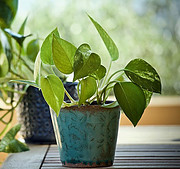 Also known as the Devil’s Ivy, the Pothos offers a decorative and vining flair. Pothos is a trailing plant, with vines that grow as much as 2 meters long (or more!). Add this ivy to the top of your vertical garden, and enjoy the fast-growing vines that trail down. With variations that grow in lime green, white, and gold, there are so many options to find the perfect look.
Also known as the Devil’s Ivy, the Pothos offers a decorative and vining flair. Pothos is a trailing plant, with vines that grow as much as 2 meters long (or more!). Add this ivy to the top of your vertical garden, and enjoy the fast-growing vines that trail down. With variations that grow in lime green, white, and gold, there are so many options to find the perfect look.
3. Bell Peppers
If looking to start your own supply of food, peppers are a great plant for beginner vegetable gardeners. These sweet vegetable staples are easy to grow and respond well to growing in a vertical garden.

An upward-growing environment is especially strategic for peppers because they rely on trellises or totem poles to give them stability. As Bell Pepper plants start to grow and produce food, the peppers become heavy and difficult for plants to support on their own. Inviting a place for Bell Pepper seedlings to grow upward provides stability so that your growing vertical garden can produce even higher crop yields without falling over.
4. Succulents
These are hardy little plants that are often used in rock gardens and are very used to living in thin soil and surviving almost against the odds. There are varieties such as sempervivum sp. which is an alpine succulent and which you can find in different colours to add interest to your wall or vertical garden.
.
5. Fushias
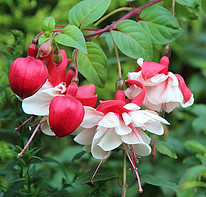 Fushias are available in a range of colours and sizes and they are easy to grow as they can tolerate most soils once established, but may need mulching a little after the first season and would benefit from some feeding after first being planted. One of the best things about fuchsias is their abundance of flowers over a relatively long period.
Fushias are available in a range of colours and sizes and they are easy to grow as they can tolerate most soils once established, but may need mulching a little after the first season and would benefit from some feeding after first being planted. One of the best things about fuchsias is their abundance of flowers over a relatively long period.
You can get trailing versions that will drape down the wall and mingle with other plants in your display, but they do like full or partial sun, so put them in a sunny part of the wall.
6. Artificial plants
If you are allergic to plants or really don’t have the right conditions for house plants due to lack of light or incorrect conditions, then you can always opt for artificial plants to brighten up your space and bring the outside in. Many artificial plants are very realistic nowadays, and you can add lights to them to make them stand out and practical too.
Does gardening inspire you to live your best life? I can go on and on about all the benefits of being in touch with nature. Keep pursuing what inspires you to attract only the best to your life!
Articles related to “How to Start a Vertical Garden”
How to grow a medicinal herb garden

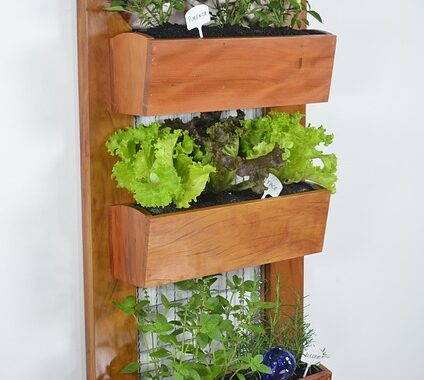



I really enjoyed reading this content. I have always thought about starting my own garden one day. I can hear the passion in your voice as you write about vertical gardens. That was the best part for me because I need an in-depth walk-through on how to actually build and maintain a garden. After all, I really have no experience with this. I will definitely be referencing this article in the future as a try to start building my own garden.
Hi Nicholoas. So glad that you enjoyed the article and I recommend more plants indoors to anyone. I also have some of the towers outside and they are also good for strawberries I find as it keeps them off the ground, but I find that these towers are better than the strawberry pots which can get quite dry (especially where the strawberries are). But in reality, you can grow lots of different things – how about a herb garden or mix in some edible flowers lie nasturtiums too?
Hello Gaile,
I have a friend that started a project like this. It was a pretty amazing setup. I was talking to him about these verticle towers he had and they had a hollow center where he could actually raise earthworms with the tower improving the fertilization of the soil in the tower. Not sure if these have that ability but still a very cool idea.
I am fortunate enough to have enough room to garden out of doors but that doesn’t mean we don’t like to bring some of our jungle indoors. We actually have a place for our plants inside but if we went verticle, we could get so many more plants in.
Very cool article, thanks!
Chad
Hi Chad. Good to meet you and glad you like the idea. I too have a garden outside that I love, but I also have plants inside because I love the forests and so I have many pictures and plants inside my living room that make it feel like the forest – very good for the soul, I find.
I love the idea about the earthworms too and will look into that. Thanks for the tip. Happy gardening. Gail
Some amazing ideas for anyone looking to make a start with their own vertical garden, with so much useful information included I am seriously thinking about adding a little extra green to my home now I know a bit more on how to actually build and maintain a garden.
This may be a silly question, but if I were to build a planter out an unused bookshelf, making some changes to allow the plants to grow, how long would this be expected to last? Would this be damaged over time by the plants and water etc?
Hi Danny. Thanks for your comments and there are no ‘silly’ questions in my book! I personally love the idea of upcycling an old bookshelf to create new things and there are different ways to do this. You could drill holes in the shelves to hold plant pots and put water trays underneath, or you can simply put the plants into plant pots and add as many as you like. Make sure your bookshelf is sturdy enough to hold the weight of the plants but they usually are because they are designed to hold books. I’d make sure I keep any electrics well away from any plants that need watering though (not all do) as water and electricity don’t mix! Good luck with your project.